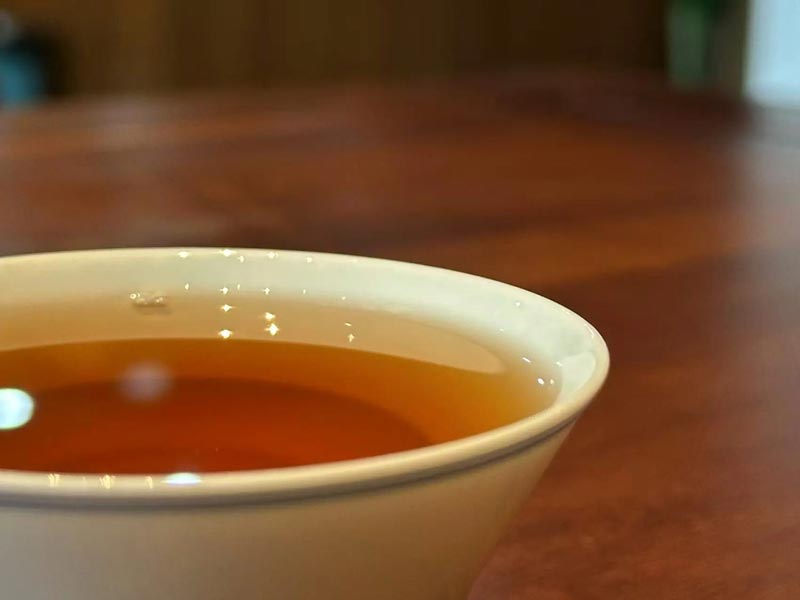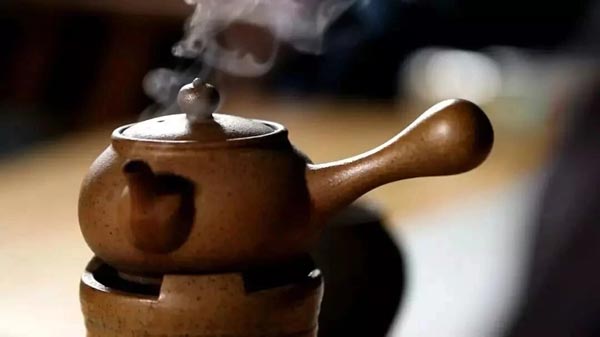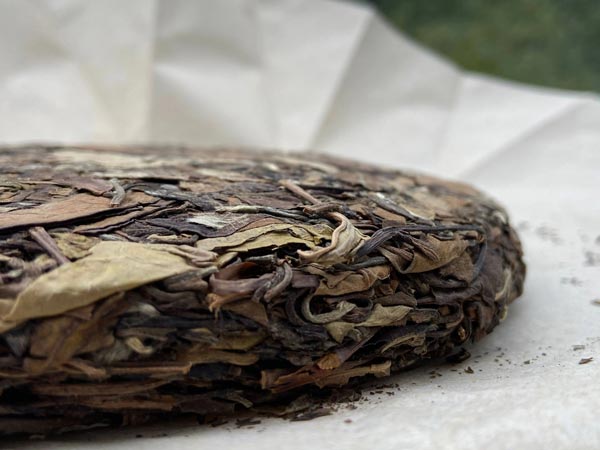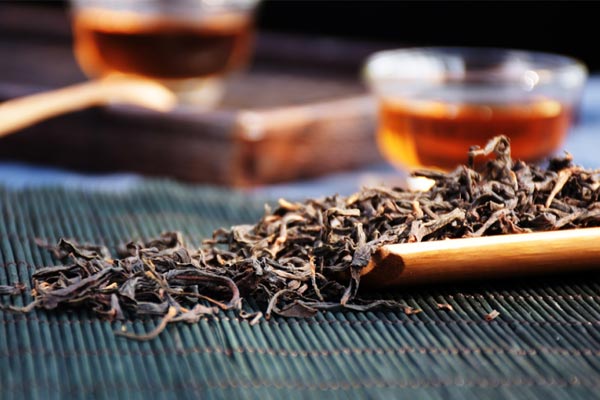Brewing white tea may seem simple, but it actually holds many subtleties.
The speed of the heat, the duration of the brewing process—these subtle details transform into a myriad of flavors in the cup.
Why do I always feel that other people's tea is richer and sweeter? Where does the art of brewing tea lie?
Let's explore together.

◆ Choosing a Tea Brewer
First, choose the right brewing utensils. Commonly used options include glass, ceramic, and silver pots.
Ceramic pots are preferred. It's understood that the material of ceramic pots has an absorbent property, which can purify water to a certain extent.
Ceramic pots can also enhance the tea's flavor and fragrance. Tea brewed in ceramic pots has a more pronounced taste, with a smooth and delicate texture. Ceramic pots also retain heat better.
Glass kettles are suitable for beginners. Their transparency and intuitiveness (stainless steel filters are not recommended) make it easy to observe the tea's color throughout the brewing process and determine if it's ready.
Glass is also a relatively stable material, which won't affect the tea's aroma and flavor. You can also adjust the brewing time and heat based on the tea's color to ensure the perfect flavor.
Under high temperatures, iron kettles react chemically with the tannins released by the tea leaves, darkening the tea's color, reducing its appearance and taste, and even affecting your health. (Rusty kettles can also darken the tea's color and make it taste bland.)

◆ Boiling Tea
The water temperature for brewing tea is also crucial.
There are often blind spots in controlling the water temperature. Many people prepare tea the same way they would for pork rib soup, adding the tea to the water when it's cold, allowing the water and tea leaves to fully contact and blend. They believe this method allows the flavor of white tea to be fully released. While there's theoretically nothing wrong with brewing tea with cold water, the resulting tea isn't necessarily that good.
Brewing tea with cold water ensures full contact between the tea and the water, but unfortunately, it can lead to excessive extraction of tea substances, making the tea too bitter. Tea brewed with cold water has a strong flavor and doesn't hold up well.
Brewing tea with boiling water is the correct way to enjoy it. Once the water is boiling, add the prepared tea leaves and let them boil together. Then, turn off the heat and let the residual heat simmer for 30 seconds before drinking. Tea brewed with boiling water is less bitter and holds up well.
◆ Aged White Tea is Suitable for Boiling
Aged tea, especially Shoumei or Gongmei, must be boiled to better release its inherent properties.
New white tea hasn't been aged long enough, and the substances within the tea are still relatively active, including L-Theanine, Green Tea Polyphenols, and Caffeine.

If new white tea is brewed, the high temperature in the teapot will release a large amount of bitter compounds. The resulting tea soup will be dark yellow and rich green, with a harsh taste. It lacks the fresh sweetness, delicate aroma, and delicate floral fragrance of new white tea, ruining its original flavor. Therefore, brewing new tea is not recommended.
White tea aged seven years or more, through aging, gradually reduces the content of bitter compounds such as caffeine and green tea polyphenols, while increasing the content of flavonoids and other substances in the tea leaves. This makes brewing tea more flavorful.
After boiling, the tea soup has a mellow and smooth taste, and the beneficial ingredients in the tea soup are more easily released and better absorbed by our body.

%20--%3e%3c!DOCTYPE%20svg%20PUBLIC%20'-//W3C//DTD%20SVG%201.1//EN'%20'http://www.w3.org/Graphics/SVG/1.1/DTD/svg11.dtd'%3e%3csvg%20version='1.1'%20id='图层_1'%20xmlns='http://www.w3.org/2000/svg'%20xmlns:xlink='http://www.w3.org/1999/xlink'%20x='0px'%20y='0px'%20width='256px'%20height='256px'%20viewBox='0%200%20256%20256'%20enable-background='new%200%200%20256%20256'%20xml:space='preserve'%3e%3cpath%20fill='%23FFFFFF'%20d='M194.597,24.009h35.292l-77.094,88.082l90.697,119.881h-71.021l-55.607-72.668L53.229,232.01H17.92%20l82.469-94.227L13.349,24.009h72.813l50.286,66.45l58.148-66.469V24.009z%20M182.217,210.889h19.566L75.538,44.014H54.583%20L182.217,210.889z'/%3e%3c/svg%3e)




